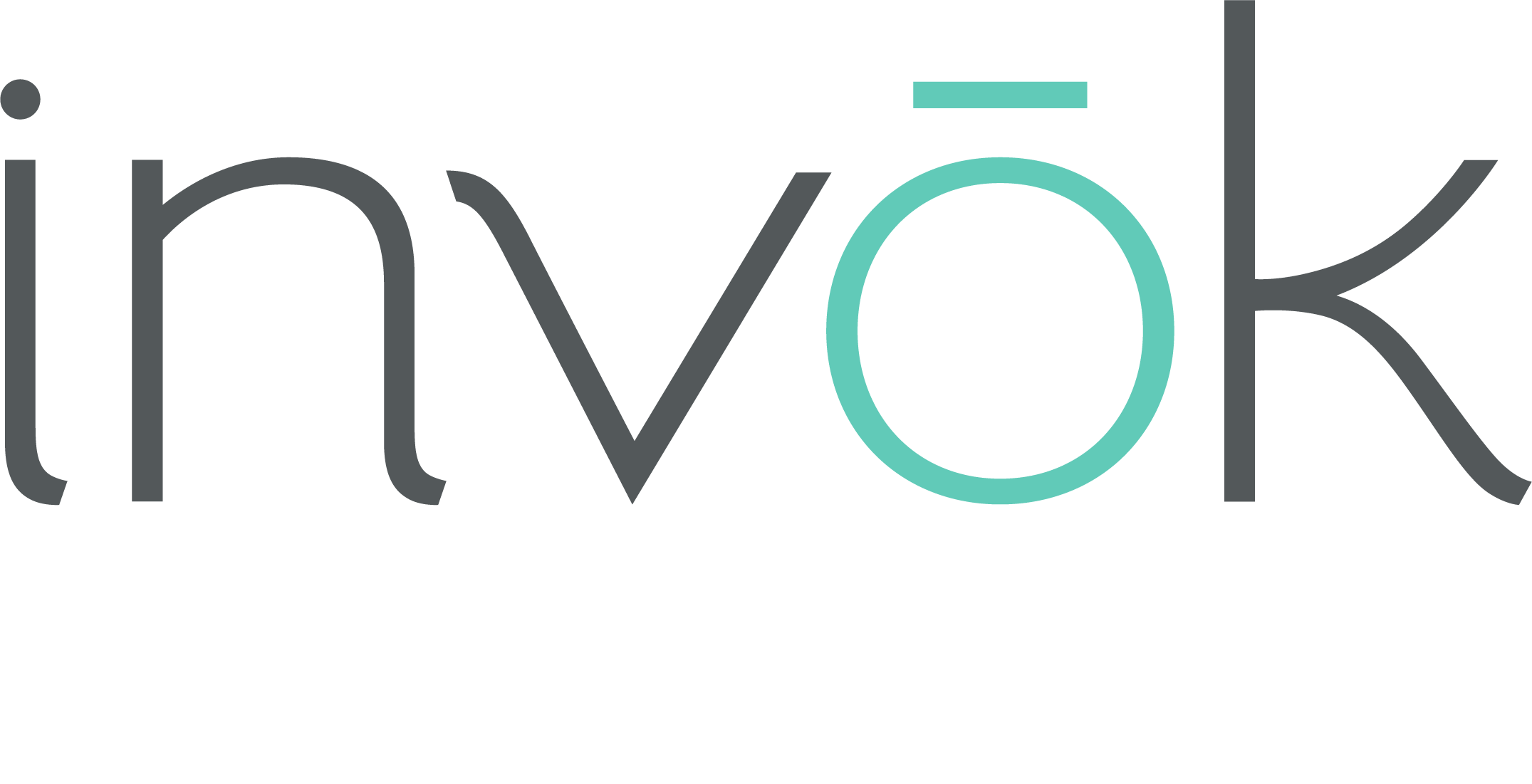The Four Consumer Search Patterns for Brands
Consumer Search Patterns
We are in the early stages of the most dramatic change in branding and package design in over a century. But brands can meet the challenges of a digital lifestyle as retail/e-tail blended environments grow -- if they understand the four patterns that consumers use to locate, assess, and select brands.
Successful search techniques have always been pivotal to the survival of our species, from the ancient skill of divining water to our instant ability to locate and purchase the newest hard seltzer. Innovation, invention, and evolving tools and technologies have refined human search patterns over millions of years.
Over a century ago, the self-service grocery store was an innovation that dramatically influenced how we located, assessed, and selected brands. Ever since, the purpose of retail package design has been to meaningfully influence consumer choices at the purchase decision point, aka the moment of truth.
But branding and package design will need to evolve to meet consumers where they are today. In this article, we share Richard Shear's consumer search pattern approach, which we use at Invok with our clients. Much of the material below was originally in GDUSA magazine, which we link to at the end of the article.
Part 1: Let's Go Back: A Familiar Search
Imagine you have been camped along a riverbank all winter -- you're thirsty -- and you know that the river has predictably supplied you with fresh, clean water under the ice. Almost without thinking, and certainly without any hesitation, you go down to the river and drink.
The familiar search pattern is predictable, safe, and comfortable, and the outcome is reliable. It's like buying everyday products like milk, paper towels, and toothpaste. In these categories, most of us are on autopilot as we fill our baskets.
Part 2: That Reminds Me – Associated Search and Brand Equity
Imagine you are traveling down a path on a new and unfamiliar mountainside on a bright summer day—you're hungry — and as you crest a hillside, you look down and see fields filled with familiar bushes. As you approach them, you recognize the berries and spend the afternoon devouring them with pleasure. Your willingness to try the berries you know in an unknown place would be a search informed by learned experience. While something about the circumstance may be new, your experience suggests it will be good for you.
If our story took place in a supermarket aisle, a consumer might reach for your product because of positive associations with your brand; in other words, brand equity. This is search pattern two, associated search.
Part 3: Let’s Explore: Free Search
Imagine paddling down a river and coming to a familiar bend where you have always taken the right fork. But today, you're feeling adventurous, so you go left instead. Soon you come upon the shore of a small sandbar at low tide. The low water has exposed oyster beds that you and your family feast on for several days.
The third consumer search pattern is free search; a 'let's explore' frame of mind. This search is filled with the sense of the unknown, discovery, excitement, and curiosity. As in our story of the oyster bed, you have discovered something new and wonderful. In today's world, the free search might be like taking a chance and splurging on a new and unfamiliar wine for a special occasion. Building brands that are found by free search capitalize on the consumer's desire for new, novel, inventive, or innovative brands.
Part 4: Can You Help Me: The Influenced Search
You are traveling on horseback across an unfamiliar prairie when you meet an old friend. She has deep experience and local knowledge, and you're looking for a safe place to camp with your family, so you ask if she can help you. You come upon the perfect campsite following her directions, well protected from the wind and sun.
This story could have taken place one thousand years ago or just yesterday, and it's an analogy for a consumer search pattern we call influenced search.
The foundation of this search is trust -- seeking and relying on recommendations to influence your decision. Asking for a friend's advice is now manifested by a mainstay of social media and influencer culture, ranging from individuals to organizations.
Further Reading
Learn more about each consumer search pattern by reading the GDUSA articles listed below. Or, download a quick reference summary and apply this framework to your brand.

